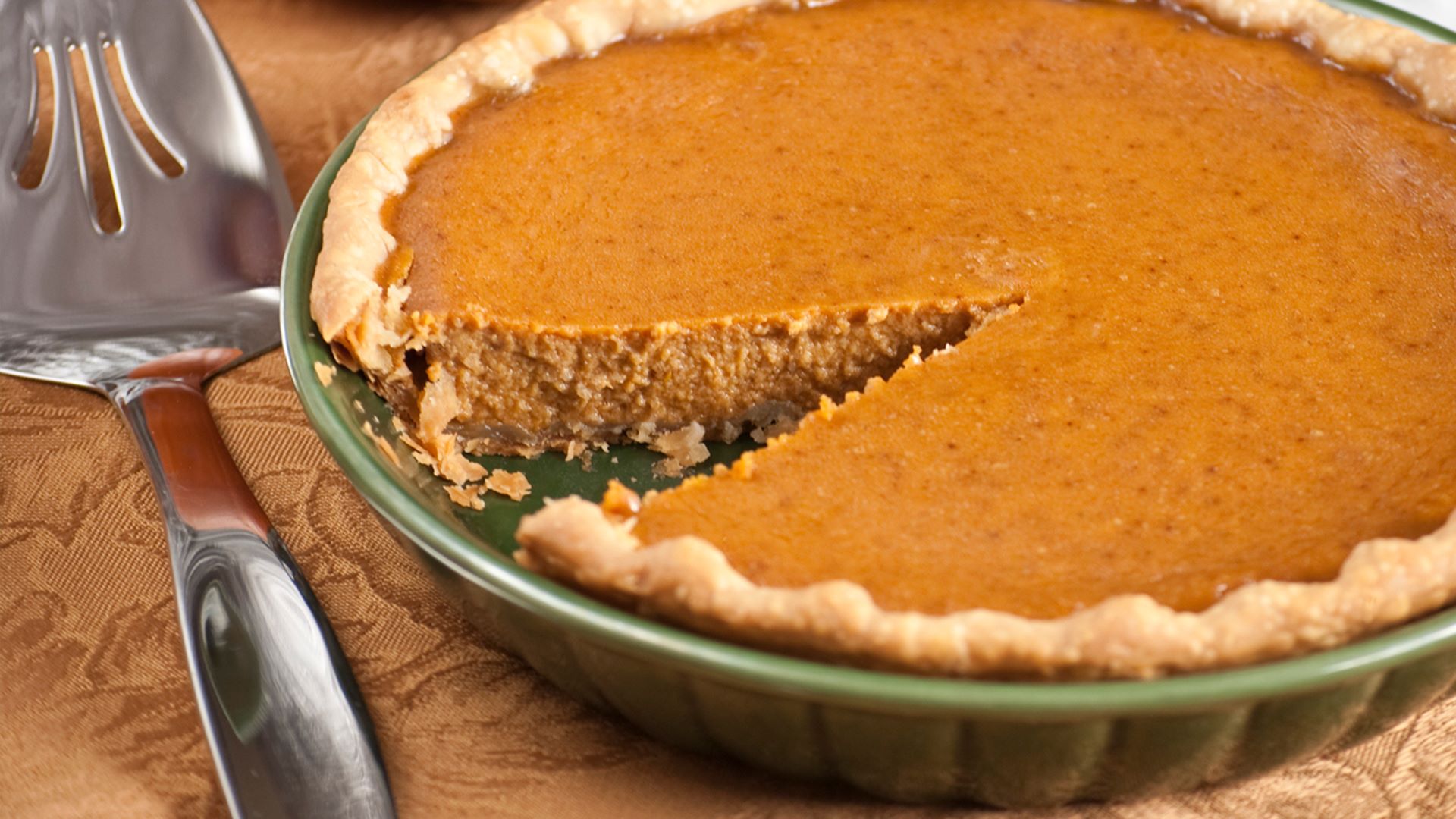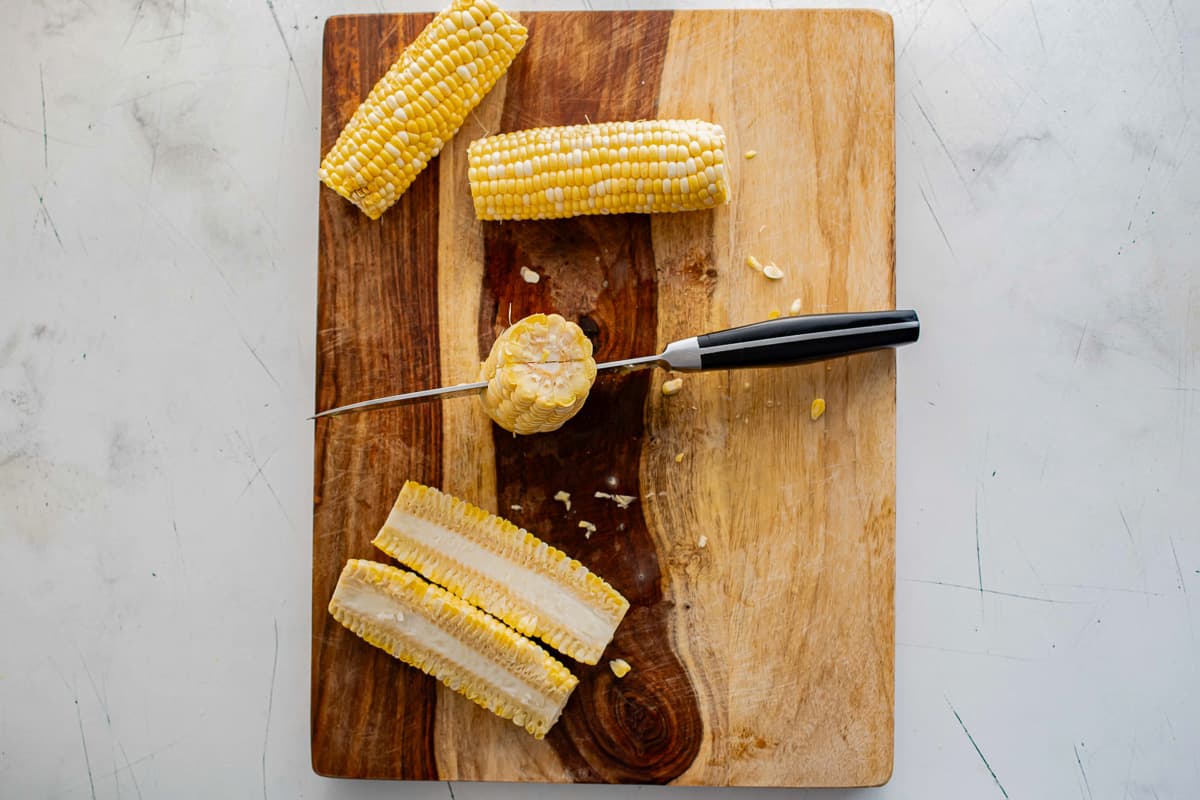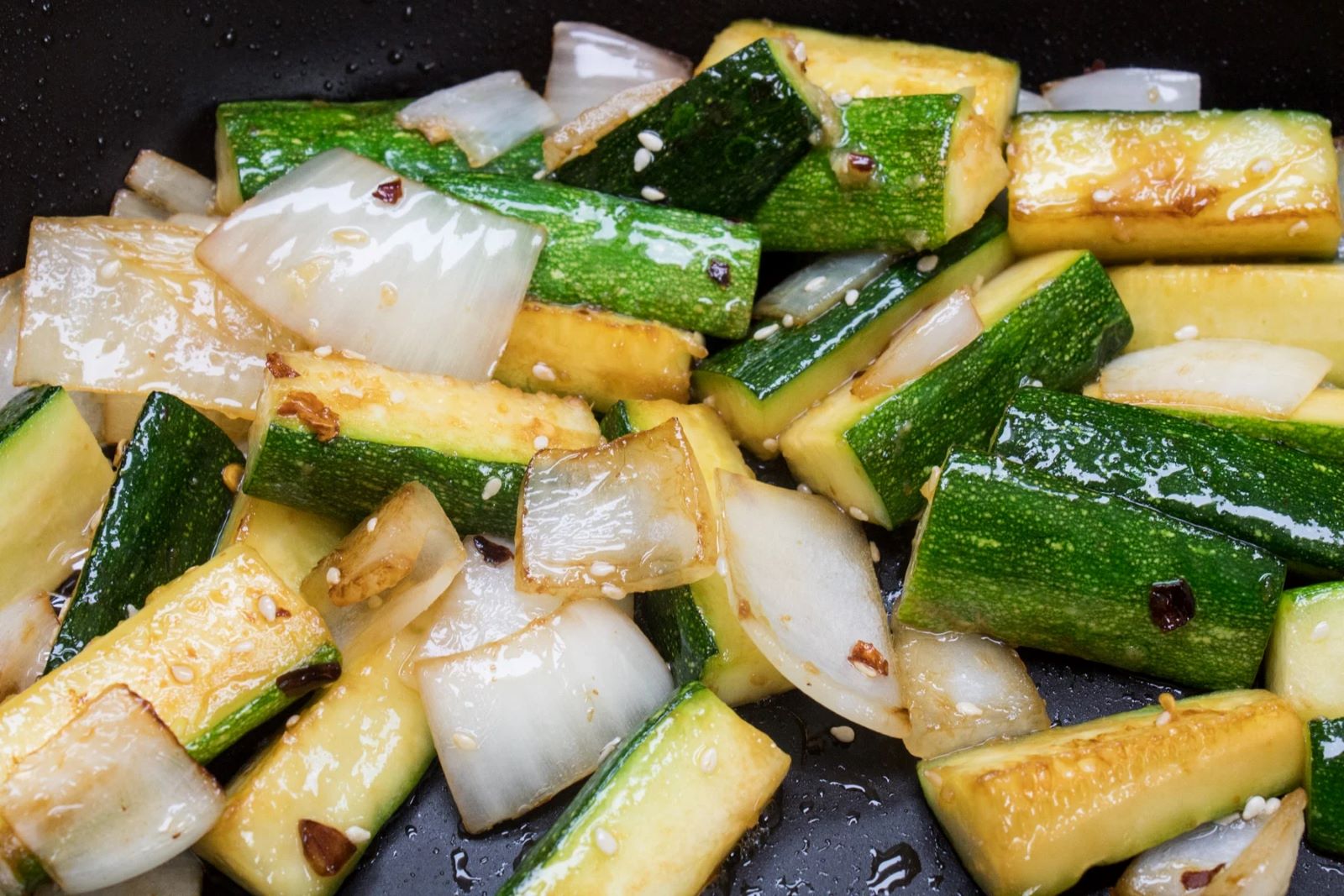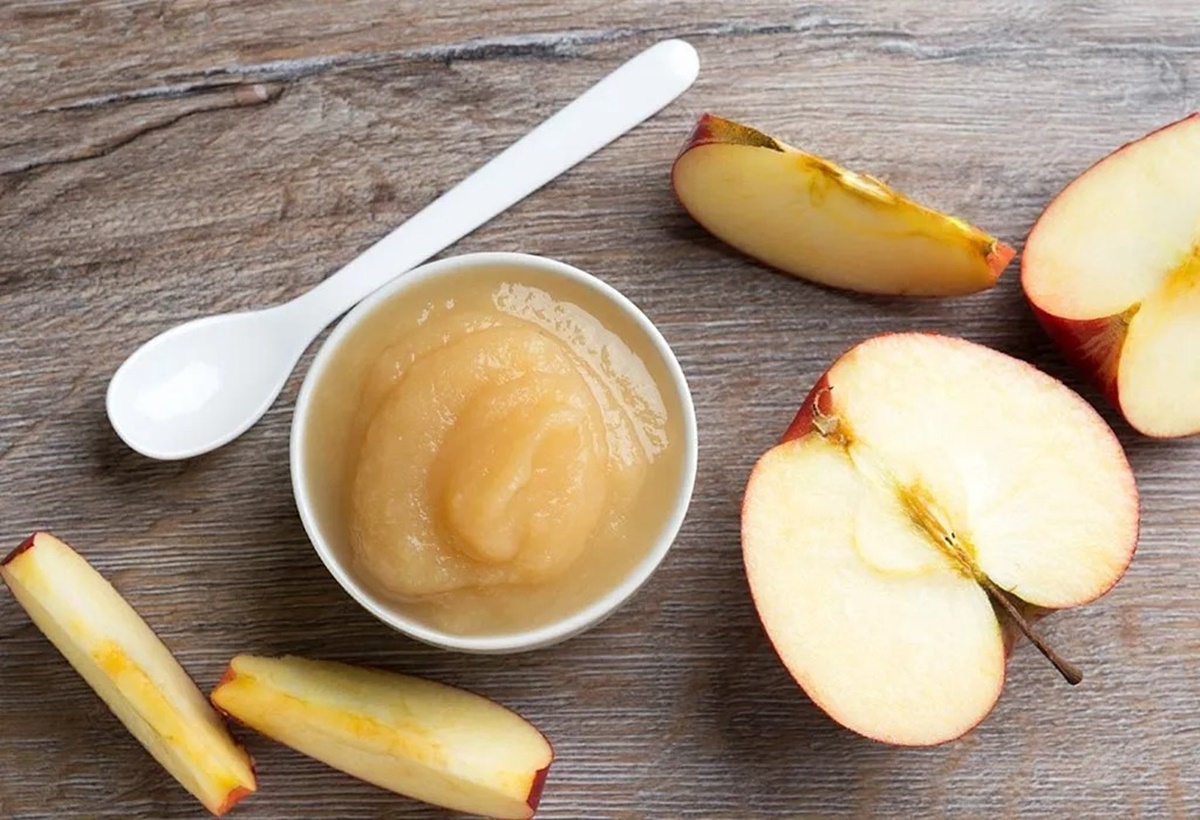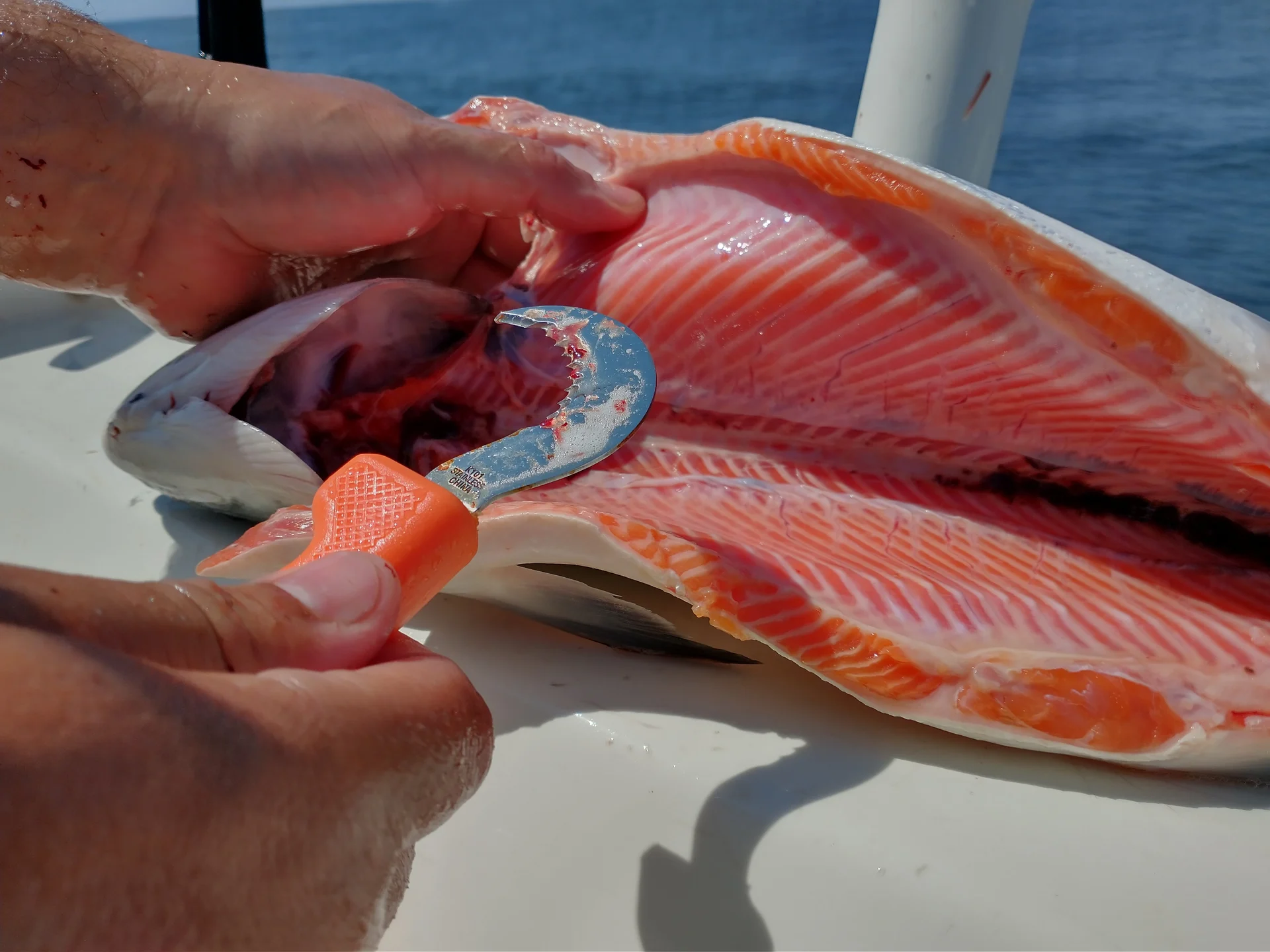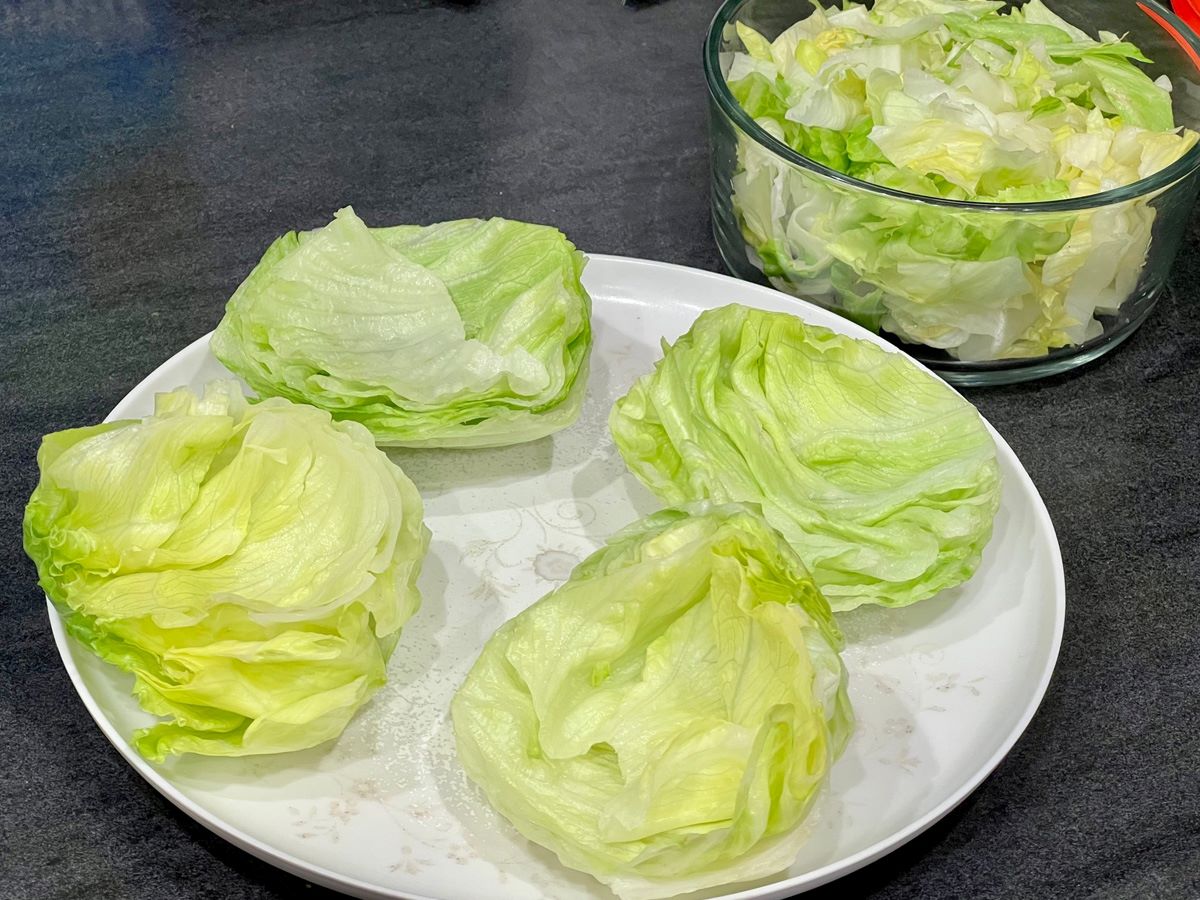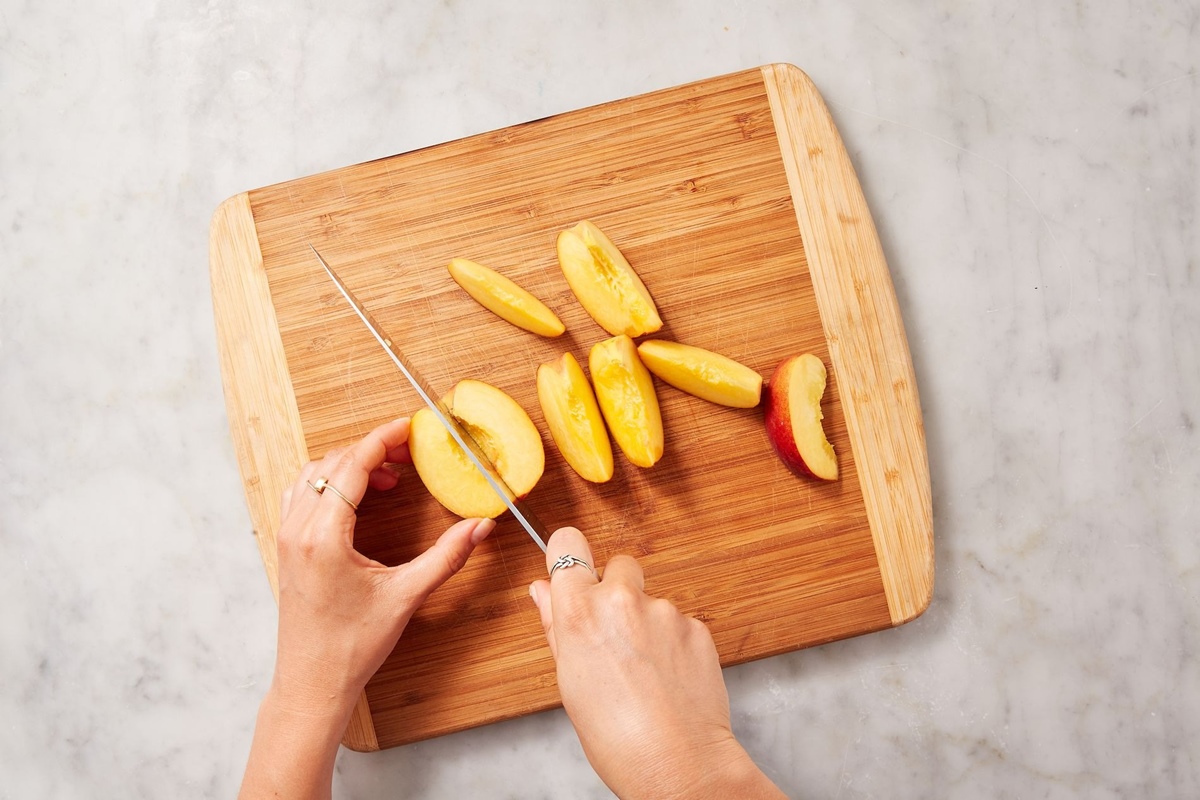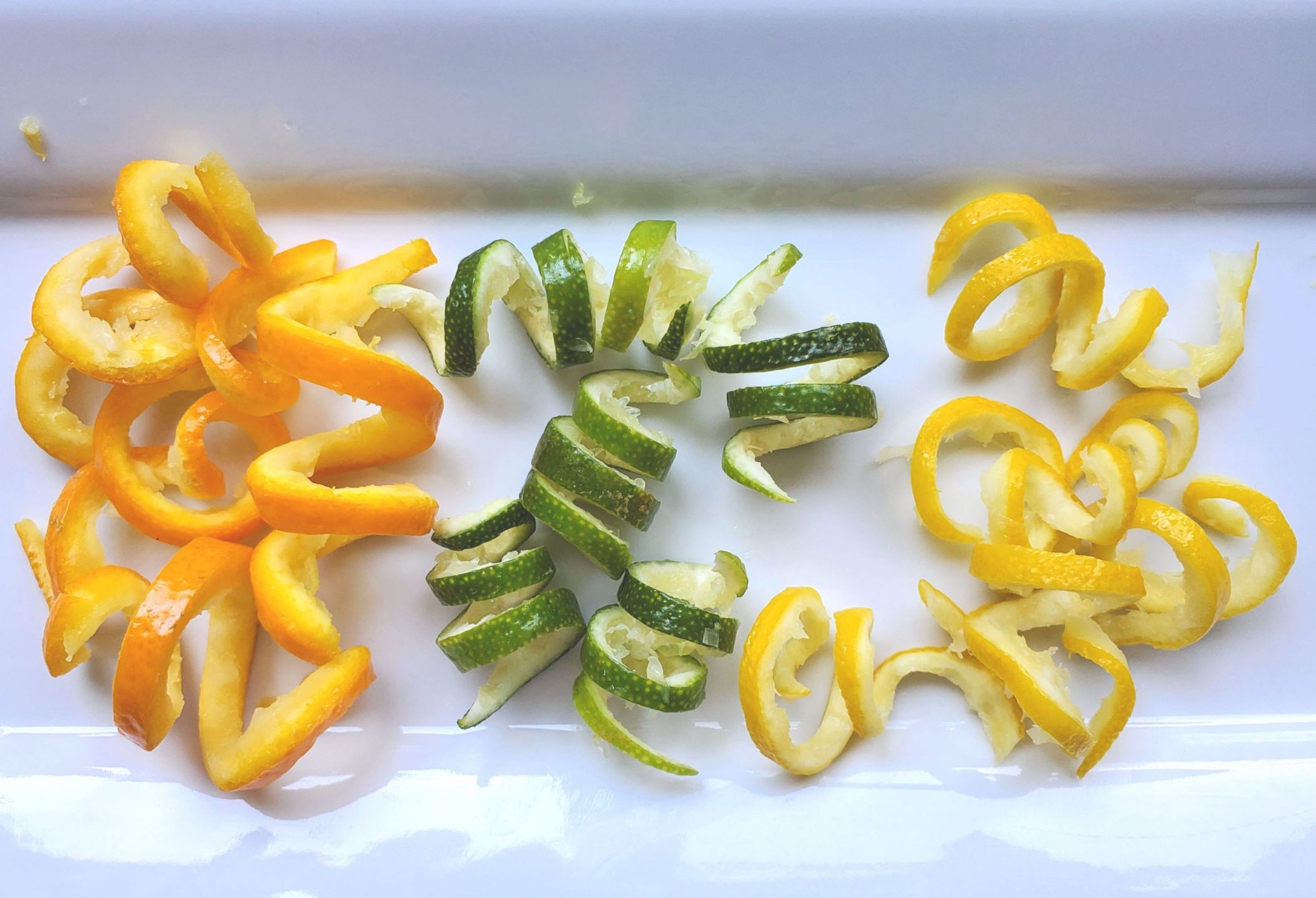How To Cut Beef For Jerky
Jerky lovers, rejoice! If you’re a fan of this delicious and protein-packed snack, you might be wondering how to cut beef for jerky at home. Well, look no further, because we’ve got you covered.
Whether you want to make your own homemade jerky or simply want to know how it’s done, here’s a step-by-step guide to help you master the art of beef cutting for jerky:
- Choose the right piece of beef: When it comes to jerky, not all cuts of beef are created equal. You’ll want to choose a lean cut with minimal fat, like top round or eye of round. These cuts are ideal as they are easy to work with and provide a flavorful and chewy texture.
- Trim off excess fat: To ensure your jerky turns out perfect, it’s crucial to remove any excess fat from the beef. Fat can lead to spoilage and affect the texture and taste of the jerky. Use a sharp knife to carefully trim away the fat, leaving only the lean meat.
- Freeze the beef: For easier slicing, place the trimmed beef in the freezer for about 30 minutes. This will firm up the meat and make it easier to cut into thin, uniform slices. You want your slices to be around 1/8 to 1/4 inch thick for optimal drying.
- Get slicing: Once the beef has slightly firmed up in the freezer, remove it and starting from one end, slice it against the grain. Cutting against the grain ensures the jerky is more tender and easier to chew. Aim for consistent slices to ensure even drying and cooking.
- Marinate the slices: Now it’s time to add delicious flavors to your jerky. Prepare a marinade or use a pre-made jerky seasoning mix of your choice. Place the beef slices in a ziplock bag or a shallow dish and pour the marinade over them. Make sure all the slices are well coated and allow them to marinate in the refrigerator for at least 6-8 hours, or overnight for more intense flavor.
- Dehydrate or bake: Once your beef slices have marinated, it’s time to dry them out. You can choose to use a food dehydrator or an oven set to a low temperature. Follow the instructions of your chosen drying method to ensure proper and safe drying. The goal is to dry the jerky until it has a firm, yet flexible texture.
- Store and enjoy: Once your jerky has cooled down, store it in an airtight container or ziplock bag to maintain its freshness. Homemade jerky can last for several weeks when stored properly. Now, sit back, relax, and savor the deliciousness of your homemade beef jerky!
Now that you know how to cut beef for jerky, you can unleash your inner jerky-making expert. Experiment with different flavors, spices, and marinades to create your own signature jerky recipe. Who knows, you might even start your own jerky business!
So, grab your apron, sharpen your knives, and get ready to impress your family and friends with your homemade beef jerky skills. Happy slicing!
After mastering the art of cutting beef for jerky, readers can dive into a variety of exciting recipes. For a classic flavor, try the Classic Teriyaki Beef Jerky Recipe, which offers a sweet and savory experience. If you're a fan of heat, the Spicy Sriracha Beef Jerky Recipe is a must-try, delivering a fiery kick. Those who enjoy a mix of sweet and spicy will love the Sweet and Spicy Beef Jerky Recipe. For a unique twist, the Maple Bourbon Beef Jerky Recipe combines the rich flavors of bourbon and maple syrup. Additionally, the Cajun Beef Jerky Recipe brings a taste of the bayou with its bold spices. These recipes not only let you practice your slicing skills but also offer a range of flavors to satisfy any palate.
Was this page helpful?
Read Next: How To Cut Beef Bones At Home
